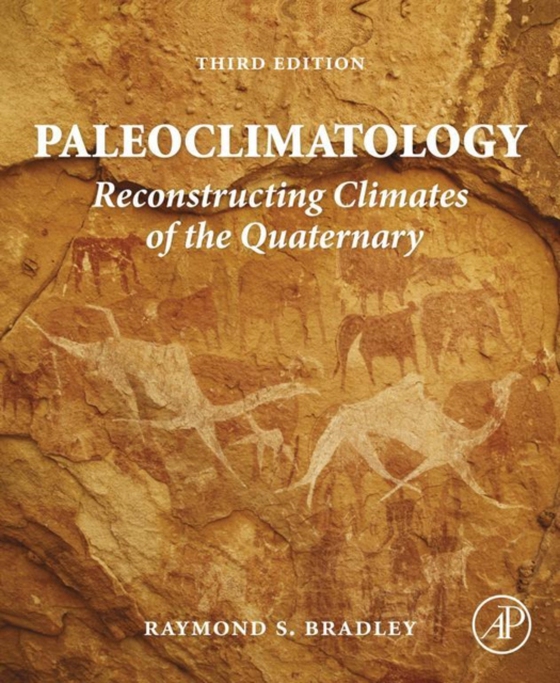
Paleoclimatology e-bog
546,47 DKK
(inkl. moms 683,09 DKK)
Paleoclimatology: Reconstructing Climates of the Quaternary, Third Edition-winner of a 2015 Textbook Excellence Award (Texty) from The Text and Academic Authors Association-provides a thorough overview of the methods of paleoclimatic reconstruction and of the historical changes in climate during the past three million years. This thoroughly updated and revised edition systematically examines ...
E-bog
546,47 DKK
Forlag
Academic Press
Udgivet
28 december 2013
Længde
696 sider
Genrer
Meteorology and climatology
Sprog
English
Format
pdf
Beskyttelse
LCP
ISBN
9780123869951
Paleoclimatology: Reconstructing Climates of the Quaternary, Third Edition-winner of a 2015 Textbook Excellence Award (Texty) from The Text and Academic Authors Association-provides a thorough overview of the methods of paleoclimatic reconstruction and of the historical changes in climate during the past three million years. This thoroughly updated and revised edition systematically examines each type of proxy and elucidates the major attributes and the limitations of each. Paleoclimatology, Third Edition provides necessary context for those interested in understanding climate changes at present and how current trends in climate compare with changes that have occurred in the past. The text is richly illustrated and includes an extensive bibliography for further research. Winner of a 2015 Texty Award from the Text and Academic Authors Association A comprehensive overview of the methods of paleoclimate reconstruction, and the record of past changes in climate during the last ~3 million years Addresses all the techniques used in paleoclimatic reconstruction from climate proxies With full-color throughout, and thoroughly revised chapters on dating methods, climate forcing, ice cores, marine sediments, pollen analysis, dendroclimatology, and historical records Includes new chapters on speleothems, loess, and lake sediments More than 1,000 new references and 190 new figures Essential reading for those interested in how present trends in climate compare with changes that have occurred in the past
 Dansk
Dansk

